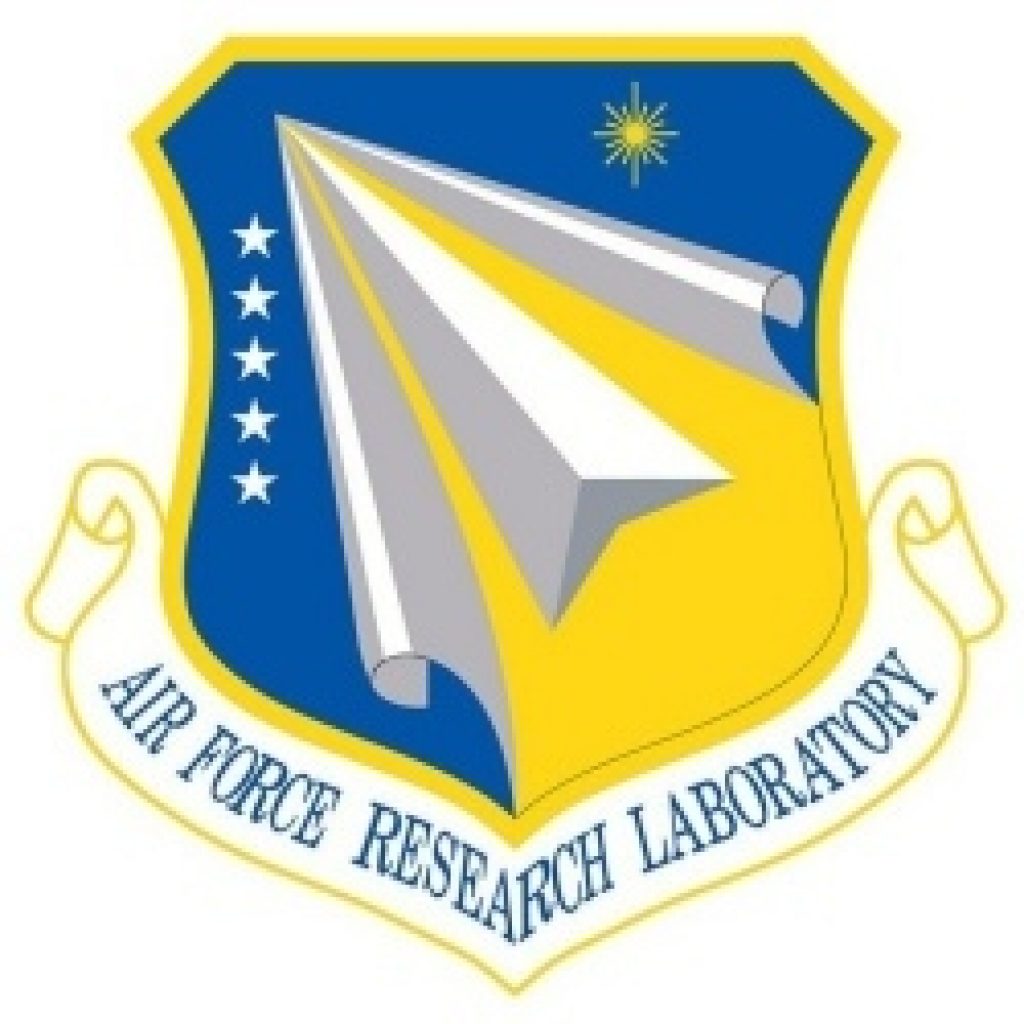(SYR.edu) More than 30 Syracuse University faculty and leaders and representatives from the U.S. Air Force Research Lab convened on campus on May 6 to ideate around future collaboration opportunities. These include combined research initiatives in quantum information science and quantum computing technology. IQT-News shares details and decisions from Diane Stirling’s coverage of the meeting.
This latest meeting follows the March renewal of an Educational Partnership Agreement between the AFRL and Syracuse University that provides a unique opportunity for research and development in a number of diverse technical areas.
“The renewal of Syracuse University’s partnership with AFRL in March and our recent brainstorming session are major steps forward for both parties,” says Gretchen Ritter, vice chancellor, provost and chief academic officer. “Our students will have increased academic, research and internship opportunities and faculty will enjoy access to new scientific collaborators and to AFRL’s world-class lab facilities.
The representatives discussed current projects both parties have underway then generated ideas on how to jointly expand their explorations. Ideas included ways to develop new laboratory and academic partner collaborations and to create new undergraduate and graduate student research opportunities.
Five leaders from the AFRL attended: Michael Hayduk, deputy director, Information Directorate; Don Telesca, chief of the Quantum Information Sciences and Technology Branch; and Laura Wessing, Kathy-Anne Soderberg and Matt LaHaye, principal research scientists.
In addition to Ritter and Haynie, two dozen others represented Syracuse University, including Interim Vice President for Research Ramesh Raina; College of Engineering and Computer Science Dean J. Cole Smith; College of Arts and Sciences Dean Karin Ruhlandt; Dean of the Graduate School Peter Vanable; and Chris Johnson, associate provost for academic affairs and professor of civil and environmental engineering.
Also present were associate deans of research in the Colleges of Arts and Sciences, College of Engineering and Computer Science, and School of Information Studies, and 13 University faculty members from the departments of physics, information science, and electrical engineering and computer science. Staff members from Syracuse University’s offices of Community Engagement, Government Relations, Foundation Relations and Research participated as well.
“Having the ability to work with more great scientific minds, to access the lab’s unique capacities and to align with its worldwide reach is a tremendous opportunity for Syracuse University,” says J. Michael Haynie, vice chancellor for strategic initiatives and innovation. “We look forward to ongoing productive findings and exceptional research potential for students and faculty as they immerse in cutting-edge thinking, experiments and applications taking shape in quantum information science and the lab’s core competencies of cyber science and technology, processing and exploitation, connectivity and dissemination and autonomy, command and control decision support.”
Sandra K. Helsel, Ph.D. has been researching and reporting on frontier technologies since 1990. She has her Ph.D. from the University of Arizona.
